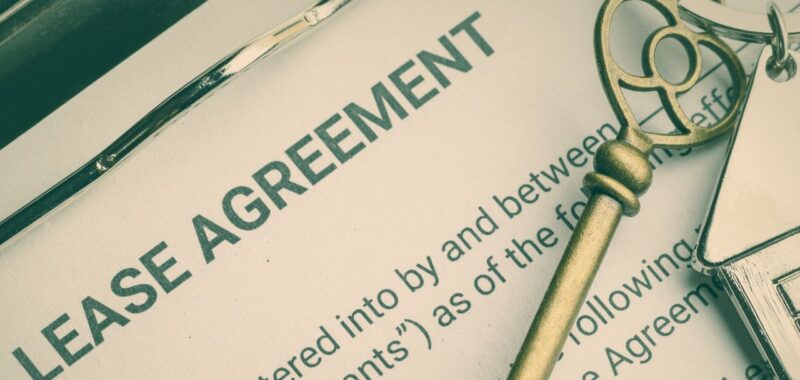In Australia, homeownership has traditionally been seen as a cornerstone of success, but the country’s rising property prices and changing market are making that dream more elusive for many Australians. Currently, around 31% of Australian households rent, a figure that is expected to increase in the coming years. This shift highlights the growing need for secure, long-term rental options. Yet, unlike countries such as Germany and Switzerland, where long-term renting is normalised and widely accepted, Australia’s rental system has lagged behind in providing tenants with secure, long-term housing solutions.
In countries like Germany, tenants are accustomed to leases that last well over a decade, providing them with stability and security in their homes. These long-term rentals are often structured similarly to commercial leases, with options spanning from five to 20 years. In these cases, renters enjoy similar living standards to homeowners, without the cultural stigma or financial burden that often comes with renting in countries like Australia.
Despite the growing number of renters, Australia’s rental culture remains centered on short-term leases, typically lasting only six to 12 months. Haley McAndrew, a senior property manager at The Leasing Network, supports the idea of longer leases, citing the benefits to both landlords and tenants.
“Offering long-term leases would be a great option,” she says. “Many landlords prefer long-term tenancies for the security it brings them, less wear on the property, and lower expenses related to tenant turnover.”
However, Haley also points out the concerns that landlords might have about offering such long leases is the potential for restrictions on rent increases.
“The fact that rent could not be increased unless specified in the lease is a concern for landlords,” she explains. “If you could have clauses allowing for inflation-based increases or standard increases each year, it could be more workable.”
She also notes that flexibility is a critical factor, particularly if landlords find themselves in financial situations that require them to sell the property.
Hannah Gill, director of Property Collective, echoes this sentiment. While long-term leases make sense for landlords who don’t plan on selling, the security these agreements provide tenants doesn’t always translate to landlords.
“Long-term leases give tenants more security than landlords,” Hannah said. “At any stage, tenants can still give 21 days’ notice and leave.” This lack of balance, where tenants benefit more than landlords from long-term leases, highlights the need for legislative changes to protect both parties.
Alison Hatch, founding director of Best Nest Property, believes that long-term leases, such as 10 or 20 years, appeal to certain investors, particularly those seeking stability.
“For superannuation properties and mortgage-free investors, long-term security with set rent increases is ideal,” she says. However, investors focused on market flexibility or with high mortgages are less inclined.
“A major concern is rent not covering inflation or interest rate spikes, which could force some landlords to sell,” she said and offering clauses for rent adjustments could address these concerns.
Landlords are already facing increasing pressures, from keeping rental properties to higher standards than their own homes, to navigating rising compliance costs and growing tenant rights.
These factors make property investment less attractive than before and while tenants benefit from more flexibility, such as breaking leases and seizing new opportunities, landlords often find themselves constrained, particularly when it comes to managing their properties.
The balance between the two parties seems to be shifting, with landlords feeling they are required to offer stability while having fewer rights in return.”Landlords are being pushed to keep tenants in properties unless the tenant doesn’t want to be there, although there is less balance in reverse.”
Legislative reform is essential for the success of long-term
In countries where long-term renting is common, tenants and landlords both have more security. Tenants are protected from sudden rent hikes, while landlords receive consistent rental income without the fear of abrupt tenant departures.
In Australia, policies could be introduced to offer similar protections, such as indexed land tax discounts for landlords willing to provide long-term leases. This would create a direct financial incentive for landlords to offer stable housing options, addressing one part of the housing crisis.
Leanne Pilkington, CEO of REIA and director of Laing+Simmons, believes these types of policies could be beneficial. “Yes, some landlords would be happy to offer incentives for longer leases,” she says, noting that mechanisms for regular rent reviews would also need to be in place to ensure property owners are not disadvantaged by rising costs.
“Given the running costs of property, including mortgages, strata fees, and council rates, rental reviews would need to occur.”
Long-term leases could also reduce the stress of frequent tenant turnover, which creates uncertainty for landlords and can lead to costly vacancy periods. As Haley points out: “It would affect business income, due to fewer leasing fees and renewal fees, but landlords would benefit from reduced wear and tear on their properties, and tenants would have a stable home.”
Yet, despite the clear benefits, cultural attitudes towards renting remain a hurdle in Australia. Homeownership is still viewed as the ultimate marker of success, with renting seen as a temporary solution while people save for a deposit. This mindset has shaped housing policies and public attitudes, making it difficult for renting to be viewed as a long-term, viable alternative.
Addressing this cultural perception is key to reforming Australia’s rental market. For long-term leasing to become a widespread option, there must be a shift in how renting is perceived.
“As a society, we’re accustomed to signing 12-month leases or rolling into periodic tenancy,” said Hannah.
“But we do have a lot of long-term tenants—they’re just not in long-term leases initially.” She adds that many landlords and tenants prefer shorter leases at first, so they can gauge how the arrangement works before committing to a longer-term agreement.

